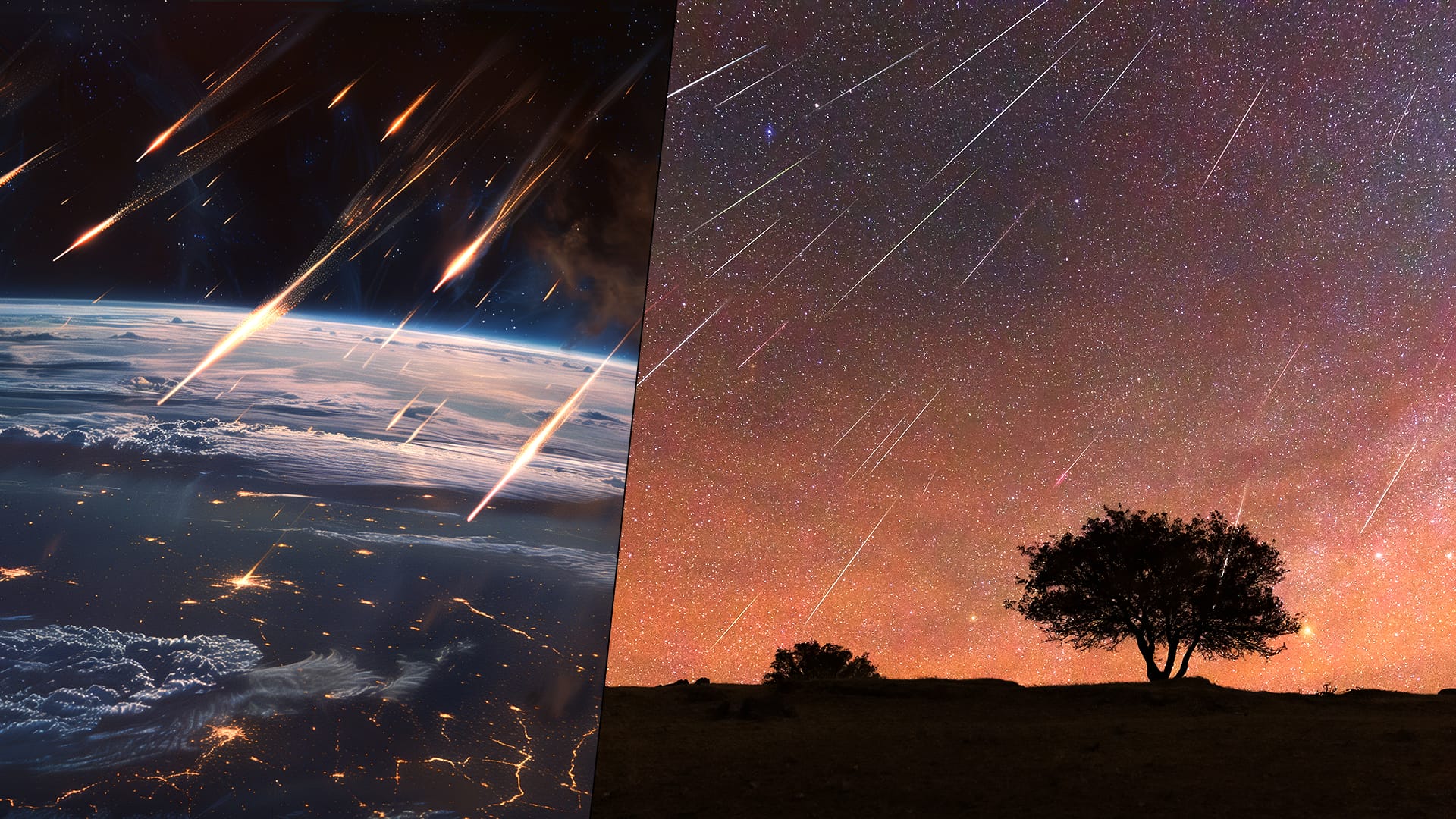Why This Year's Draconids Are Making Headlines
Stargazers, get ready for a cosmic spectacle: the
Draconid meteor shower is set to light up the night sky this week, and astronomers say 2025 could deliver a rare treat for skywatchers across the globe. Unlike the more famous Perseids or Geminids, the Draconids are usually a subtle affair, producing only a handful of meteors per hour. But this year, experts are buzzing about the possibility of a much more dramatic display.
The Science Behind the Draconids
The Draconids originate from
comet 21P/Giacobini-Zinner, a periodic comet discovered in 1900. As Earth passes through the debris left behind by this comet, tiny fragments burn up in our atmosphere, creating the meteor shower. Most years, the comet’s debris is tightly clustered near its head, resulting in a modest meteor count—sometimes barely more than a typical night sky.
But 2025 is different. The comet made its
closest approach to the sun (perihelion) in March, leaving a fresh trail of dust and debris in its wake. This means Earth is passing almost head-on through material that’s only been in space since spring, increasing the odds of a meteor outburst. In other words, the sky could be much busier than usual, with the potential for dozens—or even hundreds—of meteors per hour if conditions are right.
When and Where to Watch
The Draconids are expected to
peak on the night of October 8th, with the best viewing hours just after sunset and before midnight. Unlike most meteor showers, which are best seen in the early morning, the Draconids favor evening observers. The radiant—the point in the sky where meteors appear to originate—is near the constellation Draco, high in the northern sky.
For optimal viewing:
- Find a dark location away from city lights.
- Look northward, but scan the whole sky—meteors can appear anywhere.
- No special equipment needed; just your eyes and patience.
Expert Insights and What to Expect
Astronomers caution that meteor showers are notoriously unpredictable. While the fresh debris from Giacobini-Zinner raises hopes for a spectacular show, there’s no guarantee of a meteor storm. Still, the setup is promising, and even a modest increase in activity would make this year’s Draconids worth watching.
“We’re passing almost head-on through the material left behind by the comet, which has only been there since March, so it hasn’t had much time to drift away,” explains a Northeastern University astronomer. This unique alignment could mean more meteors and brighter fireballs than usual.
What This Means for Skywatchers
Whether you’re a seasoned astronomer or a casual stargazer, the 2025 Draconid meteor shower is a rare opportunity to witness fresh cosmic debris in action. Even if the outburst doesn’t materialize, the event offers a chance to connect with the rhythms of our solar system—and maybe catch a shooting star or two.
So grab a blanket, head outside, and keep your eyes on the sky. The universe might just put on a show you’ll never forget.
Sources
1. Look to the skies this week to see the ‘Draconid’ meteor shower
2. Comet Updates, Meteor Showers & the Secrets of Uranus' Moon Ariel
3. The Taurid meteor shower 2025 has begun and could spawn dramatic fireballs in the coming weeks
4. ephemerides: Topics by Science.gov
5. Meteor hunters rejoice! The Orionid meteor shower 2025 peaks next week with no moon in sight
6. radiant flux measurements: Topics by Science.gov
7. How to see shooting stars from Halley’s comet this October
8. [PDF] Duo Xtreme challenges even the best riders - Bonaire Reporter
9. The Most Exciting Meteor Shower of 2025 Peaks Tonight—and It Could Bring Dramatic Fireballs Across the U.S.
10. end times prophecy | Try-God.org
11. What’s Up: October 2025 Skywatching Tips from NASA
12. Revelation | Honey from the Rock
13. Draconids Meteor Shower 2025 - Time and Date
14. [PDF] M O A B H A PPE N IN G S - Moab Happenings
